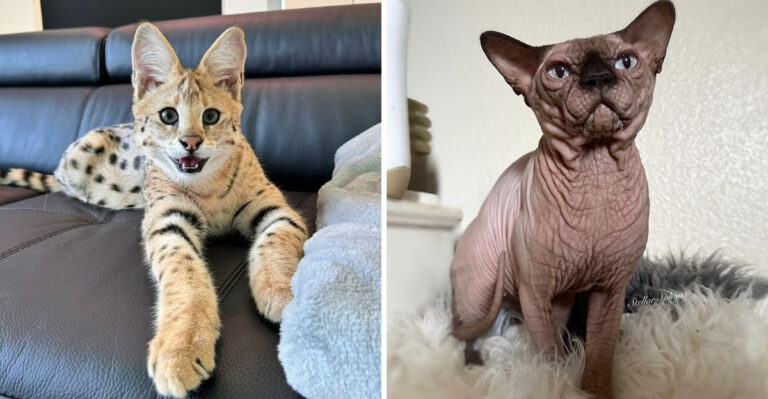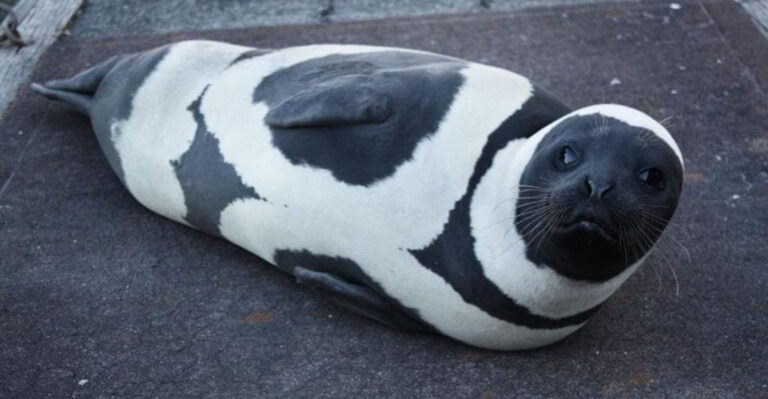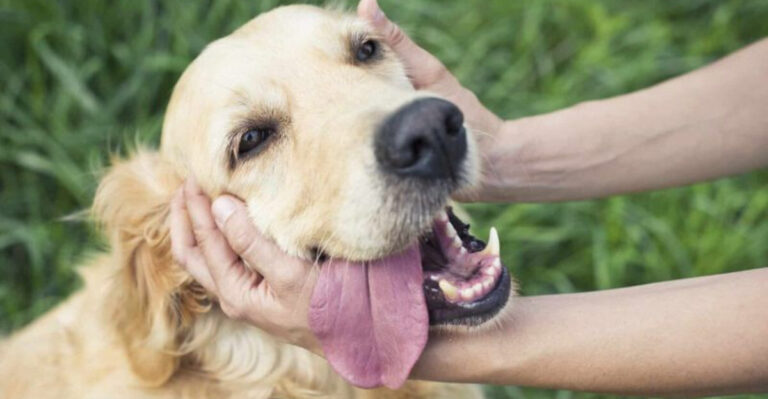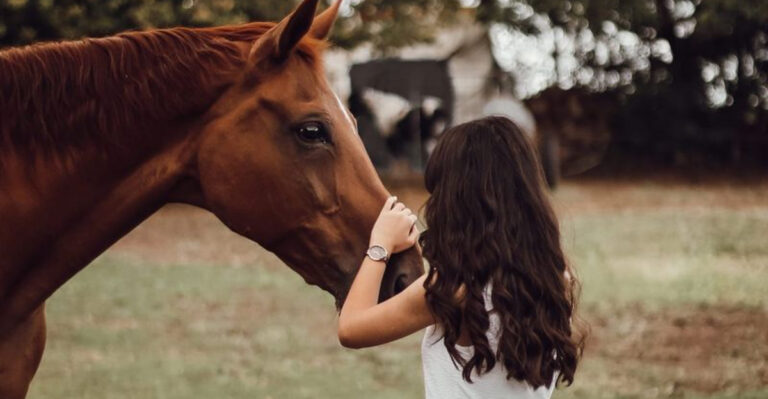15 Important Things You Should Know Before Getting A Capybara As A Pet
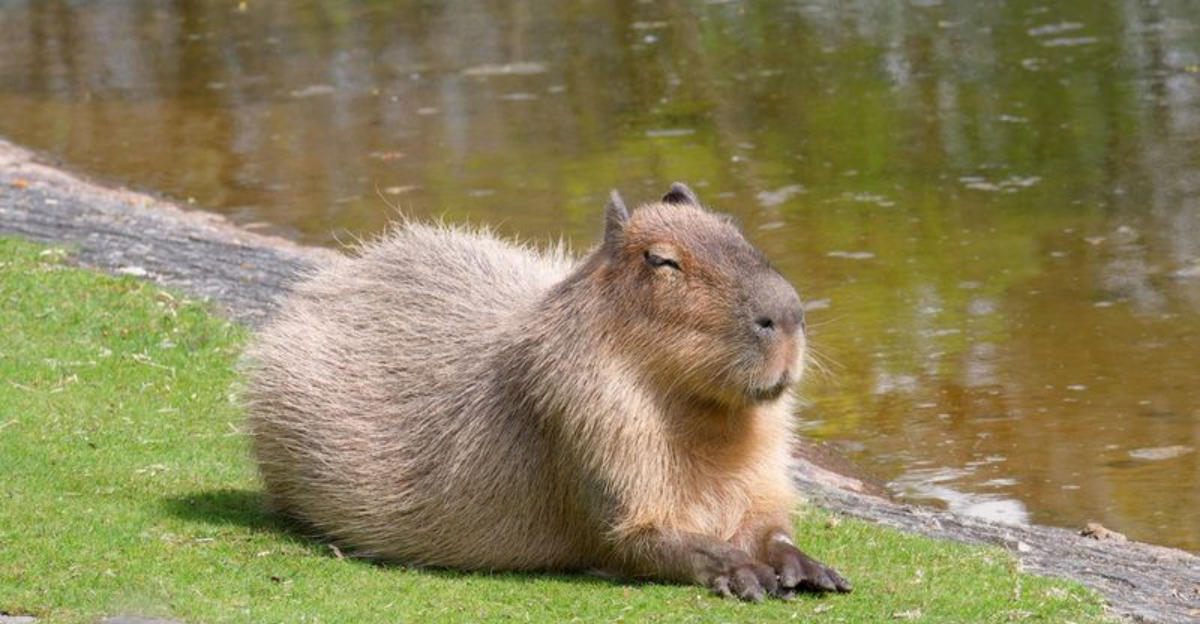
Capybaras, the world’s largest rodents, have become increasingly popular as exotic pets due to their gentle nature and adorable appearance. These semi-aquatic mammals, native to South America, require specialized care that goes far beyond what typical household pets need.
Before you decide to bring one of these fascinating creatures into your home, there are several crucial factors you should carefully consider to ensure both you and your potential capybara companion will thrive together.
1. Legal Restrictions May Prevent Ownership
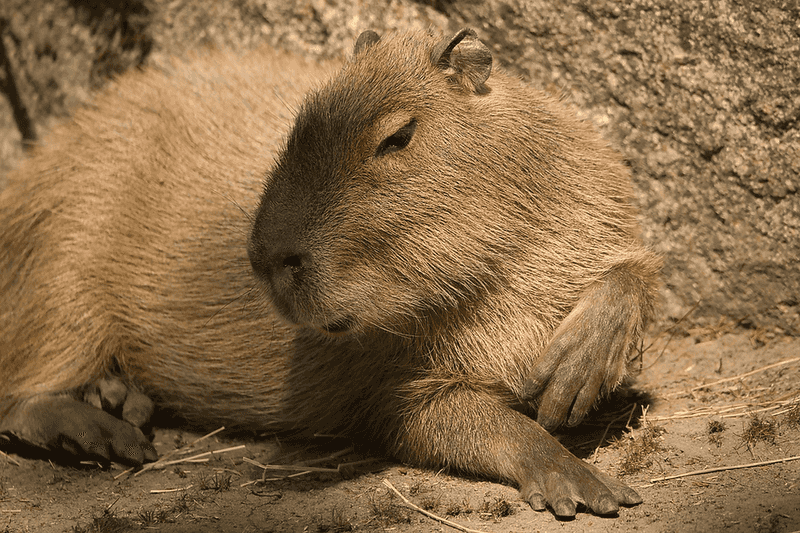
Many states and countries completely ban keeping capybaras as pets. Some regions require special permits that can be difficult and expensive to obtain. Always check your local, state, and federal regulations before considering a capybara.
The legal landscape constantly changes regarding exotic pet ownership. Penalties for illegal ownership can include hefty fines and confiscation of the animal. Even in places where they’re technically legal, you may face zoning restrictions or homeowner association rules.
Research thoroughly and consult with a lawyer who specializes in exotic animal law if you’re uncertain about regulations in your area.
2. Capybaras Need Lots Of Space
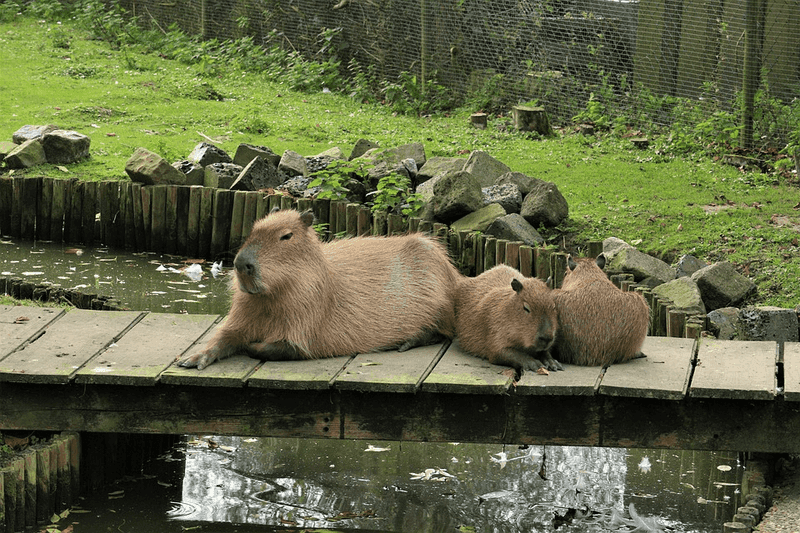
These social giants require significantly more room than most people realize. A single capybara needs at least 1,000 square feet of outdoor space to roam comfortably. Your standard backyard likely won’t cut it.
They’re semi-aquatic creatures that require a large pool or pond at least 3 feet deep for swimming and temperature regulation. Without proper swimming access, capybaras can develop skin problems and become stressed.
Indoor accommodations must be spacious too – think small bedroom size at minimum, not a cage. Their natural habitat spans grasslands and wetlands, so confinement in tight quarters is cruel.
3. Water Features Are Non-Negotiable
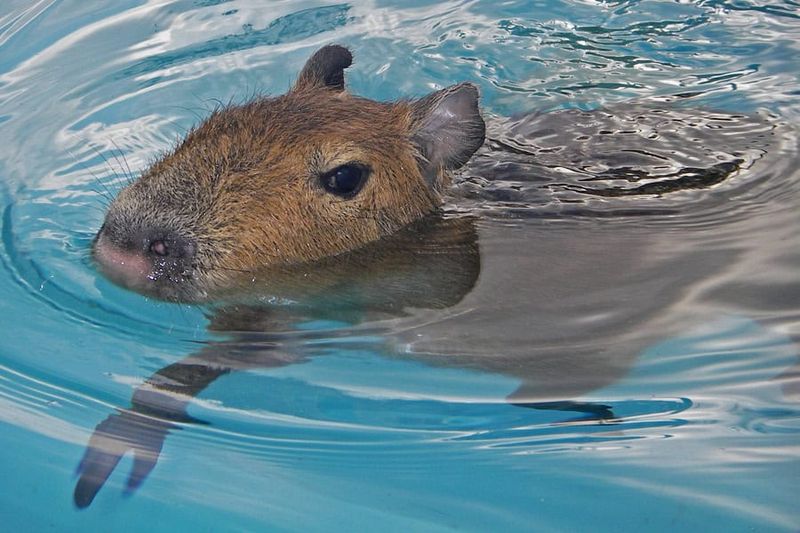
Capybaras absolutely must have access to water for swimming. Their bodies are designed for semi-aquatic life – they even have webbed feet! Without daily swimming opportunities, they suffer both physically and mentally.
The water feature needs to be at least 3 feet deep with easy entry and exit points. Maintaining clean water is challenging as capybaras regularly defecate while swimming. You’ll need a robust filtration system or be prepared to clean and refill frequently.
During winter in colder climates, you’ll need to provide heated water options, adding another layer of complexity and expense to their care.
4. Climate Considerations Are Critical
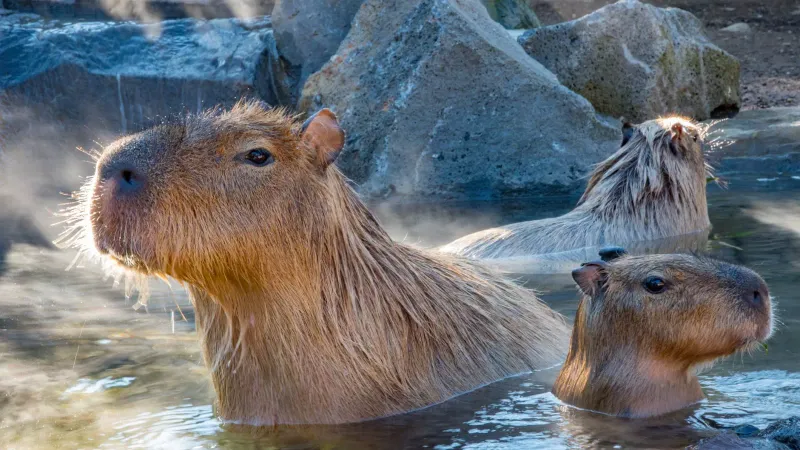
Native to tropical South America, capybaras struggle in cold environments. Temperatures below 50°F (10°C) can cause serious health problems including respiratory infections and hypothermia. They lack thick fur for insulation against cold weather.
For owners in cooler regions, heated indoor spaces are mandatory during winter months. This often means dedicating an entire heated room or building a specialized climate-controlled enclosure.
Hot weather presents its own challenges. Without access to water for cooling off, capybaras can quickly overheat. Their habitat must provide shaded areas and constant water access regardless of season.
5. Special Diet Requirements Add Complexity

Capybaras have unique digestive systems similar to horses. Their diet consists primarily of fresh grasses, aquatic plants, and vegetables. Standard pet food won’t work – they need constant access to fresh vegetation.
Many owners must grow special grasses year-round or source large quantities of appropriate hay and vegetables. This represents a significant ongoing expense and time commitment.
Their teeth grow continuously, requiring abrasive foods to maintain proper dental health. Nutritional deficiencies can lead to serious health problems including tooth overgrowth, digestive issues, and bone disorders. Specialized exotic veterinary guidance is essential for proper nutrition planning.
6. Finding Specialized Veterinary Care Is Challenging
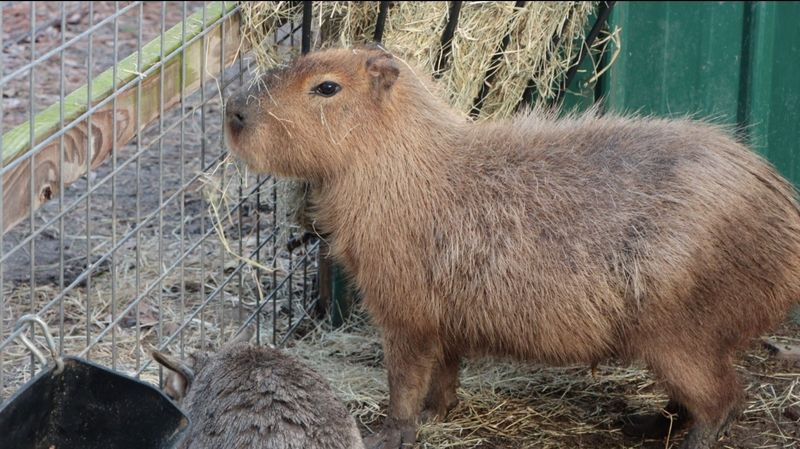
Most local vets have zero experience with capybaras. You’ll need an exotic animal specialist, and they’re rare outside major metropolitan areas. Before bringing home a capybara, locate a qualified vet within reasonable driving distance.
Emergency situations become especially problematic – if your capybara needs urgent care at 2 AM, options may be extremely limited. Medical costs for exotic pets typically run 3-5 times higher than for cats or dogs.
Preventative care protocols aren’t well-established for pet capybaras, making regular health monitoring critical. Be prepared to travel significant distances for proper veterinary care and budget accordingly for their specialized medical needs.
7. Social Needs Require Multiple Capybaras
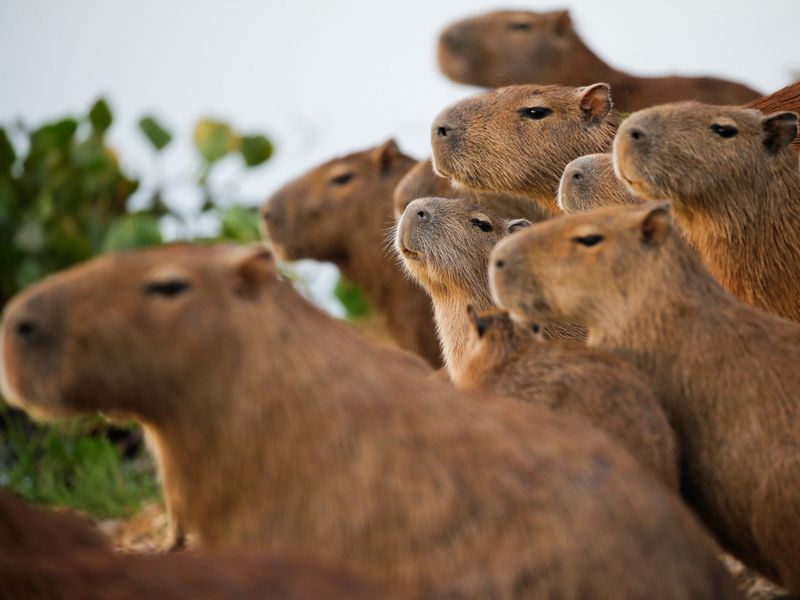
Capybaras are intensely social creatures that live in groups of 10-20 in the wild. Keeping just one often leads to depression, stress, and behavioral problems. Most responsible owners keep at least a pair.
Multiple capybaras means multiplying all expenses and space requirements. They form complex social bonds and hierarchies, so introducing new individuals requires careful management.
Their social nature extends to humans too – they need daily interaction and enrichment. If you’re away from home frequently, capybaras aren’t suitable pets. Their need for companionship means a lifelong commitment to providing social stimulation.
8. Capybaras Can Be Destructive
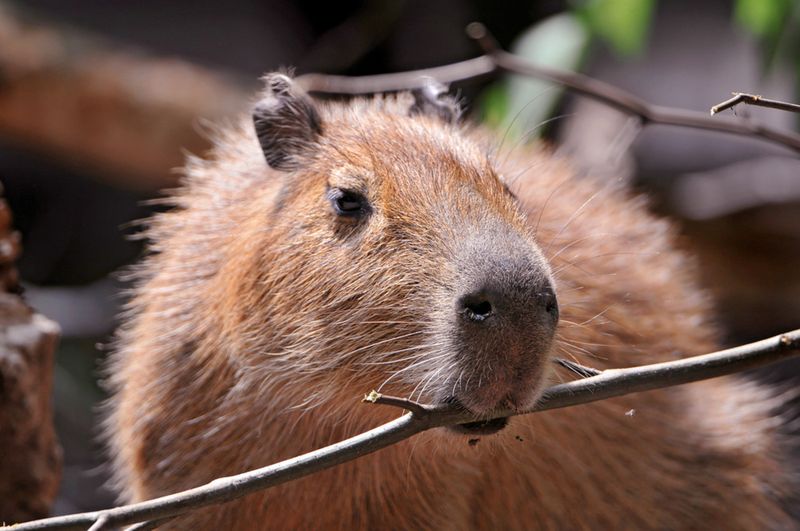
Those cute buck teeth aren’t just for show – capybaras are rodents with powerful jaws and a natural instinct to chew. Furniture, wiring, drywall, and landscaping are all fair game to these nibbling machines.
Their size compounds the problem. At 100+ pounds, they can knock over furniture, dig substantial holes, and create muddy trails throughout your yard. Landscaping rarely survives their enthusiastic grazing and digging.
Capybara-proofing your home is similar to childproofing but for a toddler with super-strength and hedge trimmers for teeth. Expect to make significant modifications to your living space and accept a certain level of destruction.
9. Lifespan Requires Long-Term Commitment
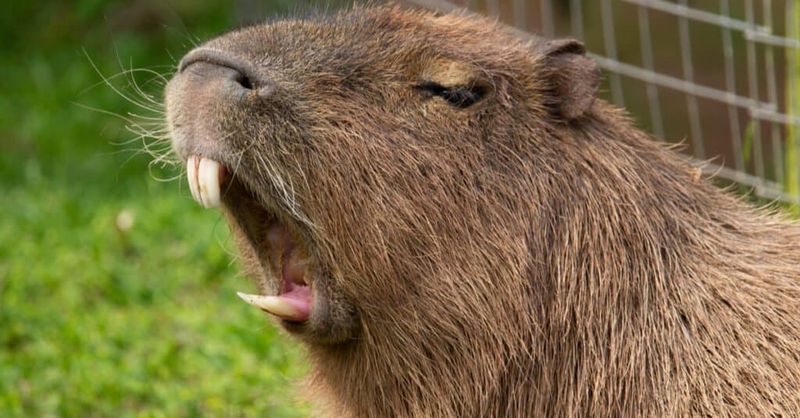
Capybaras typically live 8-10 years in captivity, though some reach 12+ with excellent care. This decade-long commitment means planning for their needs through major life changes like moving, career shifts, or family expansion.
Their care requirements don’t diminish with age. Senior capybaras often develop arthritis and other age-related conditions requiring additional accommodations and veterinary expenses.
Rehoming an adult capybara is extremely difficult due to their specialized needs and limited adoption options. The decision to adopt should account for their entire lifespan, including plans for their care if you become unable to provide for them.
10. Breeding Brings Additional Challenges
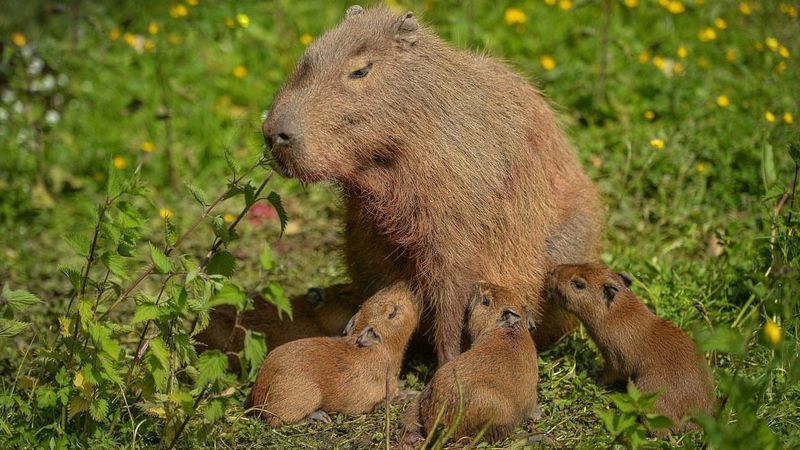
Female capybaras can produce 1-2 litters annually with 2-8 babies each time. Without proper management, you could quickly find yourself with many more capybaras than planned. Responsible ownership requires either same-sex groups or spay/neuter procedures.
Finding qualified veterinarians to perform reproductive surgeries on capybaras is extremely difficult. The procedures carry higher risks than with traditional pets due to their unique anatomy and limited veterinary experience.
Baby capybaras require specialized care, and finding homes for offspring is challenging given the limited pool of qualified owners. Breeding should never be undertaken without extensive research and preparation.
11. Vacation Planning Becomes Complicated
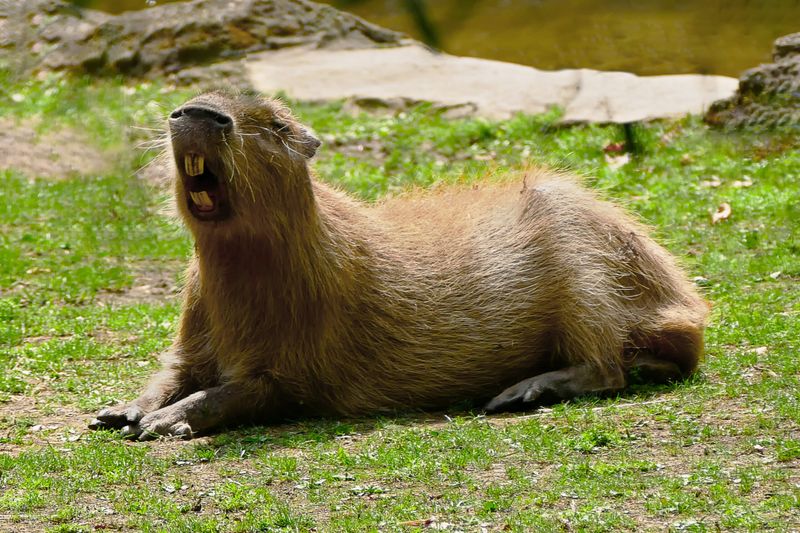
Finding someone to watch your dog while you’re away is relatively easy. Finding someone qualified to care for a capybara? Nearly impossible. Their specialized care requirements mean standard pet sitters aren’t equipped to handle them.
Their habitat maintenance alone – cleaning pools, providing fresh vegetation, maintaining proper temperatures – requires significant knowledge and time commitment. Most owners either don’t travel or must find specialized exotic animal boarding facilities, which are rare and expensive.
Some dedicated owners install cameras to monitor their capybaras remotely while traveling. Vacation planning becomes a major logistical operation that must start months in advance.
12. Neighbor Relations May Become Strained
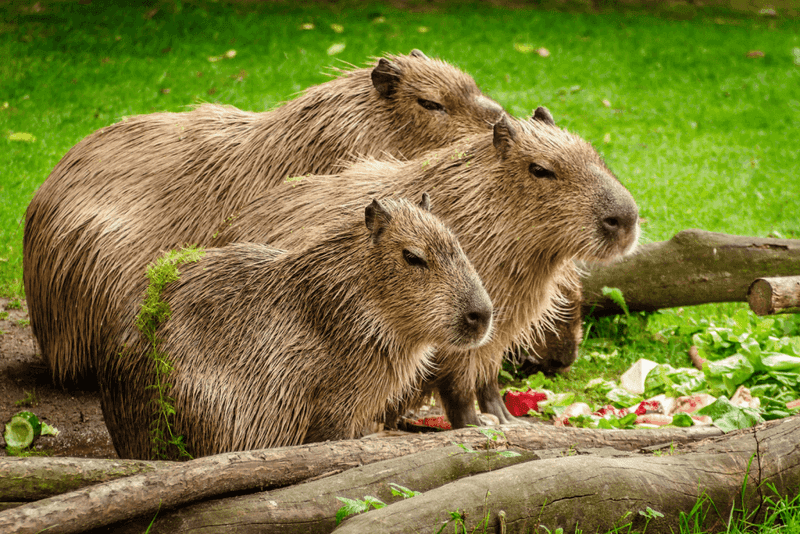
Capybaras can be noisy, especially when alarmed or communicating with each other. Their vocalizations include whistles, clicks, barks, and squeals that can carry through neighborhoods. These sounds often intensify at dawn and dusk.
Odor can become an issue too. Their semi-aquatic lifestyle means managing wet, sometimes smelly environments. Water features require regular cleaning to prevent stagnation and bacterial growth.
Even with perfect legal compliance, neighbors may still object to exotic animals next door. Community tensions can arise from concerns about escaped animals, property values, or simply fear of the unfamiliar. Building positive relationships with neighbors becomes essential.
13. Escape Prevention Requires Vigilance
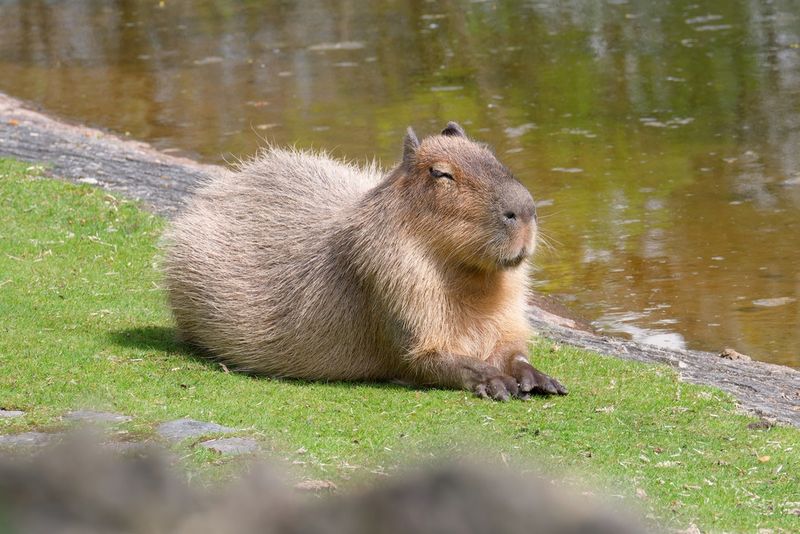
Despite their size, capybaras are surprisingly agile and can jump, climb, and swim their way to freedom if given the opportunity. Their enclosures need to be at least 4 feet high with no footholds or nearby structures they could use to escape.
They’re also diggers by nature. Fencing must extend underground or include concrete footings to prevent tunneling. Gates need secure latches that curious capybara teeth can’t manipulate.
An escaped capybara presents serious risks – from road accidents to neighbor conflicts to potential harm from predators or hostile humans. The consequences of escape can be fatal for the animal and legally problematic for owners.
14. Insurance And Liability Concerns Exist
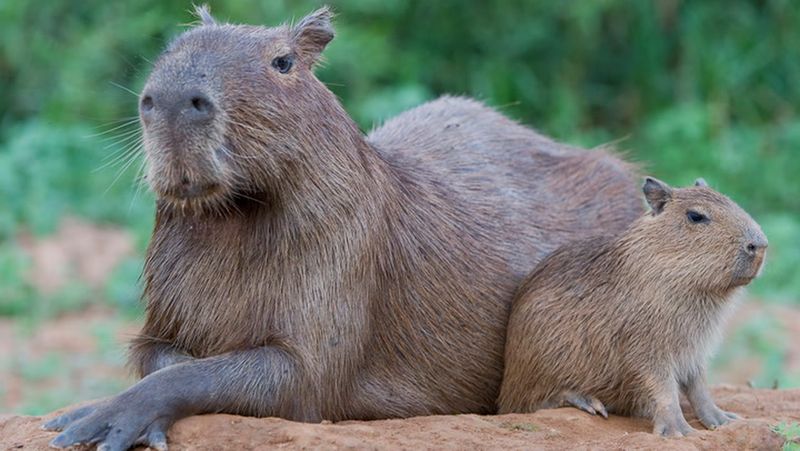
Standard homeowner’s insurance typically excludes exotic pets. Finding coverage that includes liability for a capybara often requires specialized exotic animal insurance at premium prices. Some owners can’t find coverage at all.
Without proper insurance, you’re personally liable for any damage or injury your capybara might cause. Their size and strength mean they could potentially cause significant harm, especially to children or smaller pets.
Medical costs for someone injured by your pet would fall entirely on you without proper coverage. This financial risk is substantial and often overlooked by prospective owners who focus primarily on acquisition and care costs.
15. Ethical Considerations Should Be Weighed
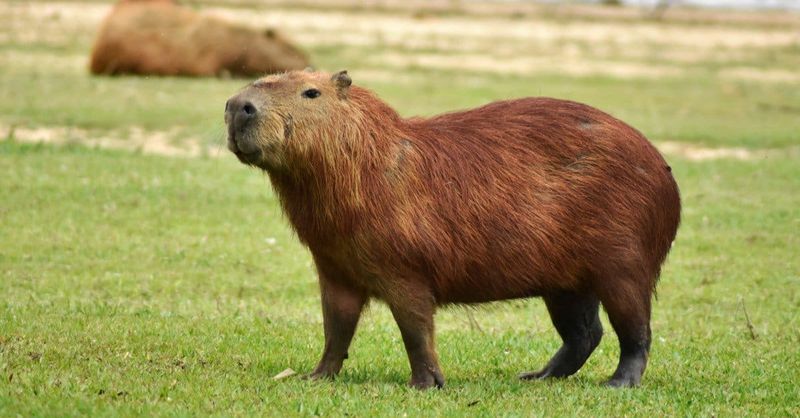
Wild animals rarely thrive as pets, regardless of how well-intentioned their owners may be. Capybaras retain many natural instincts and behaviors that can be frustrated in captivity. Even the best home environments can’t fully replicate their natural habitat.
The exotic pet trade has problematic aspects, including potential impacts on wild populations and animal welfare concerns during capture and transport. Sourcing from reputable, licensed breeders is essential if you decide to proceed.
Ask yourself honestly: can you provide everything this animal needs for its entire life? Many exotic pets end up abandoned or euthanized when owners realize they can’t meet their complex needs.

